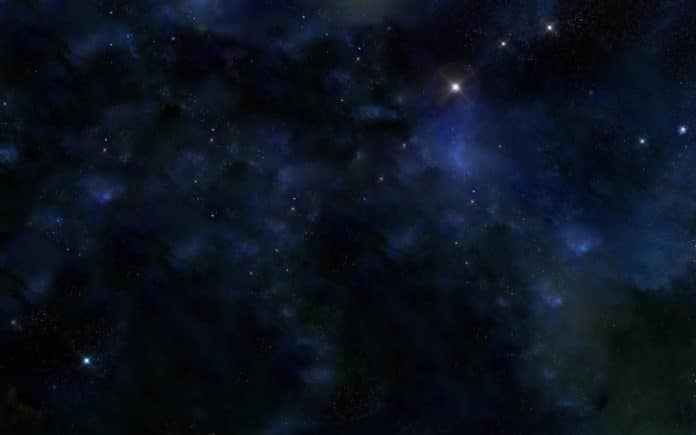Astrophysical perceptions demonstrate that there is roughly five times more dark matter in the Universe than ordinary baryonic matter, and a considerably larger amount of the energy content is attributed to dark energy.
However, the microscopic properties of these dark components remain unknown. Moreover, even ordinary matter—which accounts for five percent of the energy density of the Universe—has yet to be understood, given that the standard model of particle physics lacks any consistent explanation for the predominance of matter over antimatter.
In a new study, scientists from the international BASE collaboration, led by Stefan Ulmer of the RIKEN Cluster for Pioneering Research, and collaborators, performed the first laboratory experiments to determine whether a slightly different way in which matter and antimatter interact with dark matter.
Antimatter is made every day in experiments and by natural procedures, for example, lightning, however, it is immediately annihilated in collisions with regular matter. Predictions show that our understanding of the matter content of the universe is off by orders of magnitude, and nobody knows why the asymmetry exists.
In the case of dark matter, it is known from astronomical observations that some unknown mass is influencing the orbits of stars in galaxies. Still, the exact microscopic properties of these particles remain unknown. One theory is that they are a type of hypothetical particle known as an axion, which has a vital role in explaining the lack of symmetry violation in the strong interaction in the standard model of particle physics.
Scientists wondered whether the absence of antimatter maybe because it interacts differently with dark matter, and set out to test this. For the experiment, they utilized a specially designed device, called a Penning trap, to magnetically trap a single antiproton, keeping it from contacting ordinary matter and being annihilated.
They also estimated property of the antiproton called its spin precession frequency. Usually, this ought to be consistent in a given magnetic field, and modulation of this frequency could be accounted for by an impact interceded by axion-like particles, which are hypothesized, dark matter candidates.
The first author of the study, Christian Smorra, says, “For the first time, we have explicitly searched for interaction between dark matter and antimatter, and though we did not find a difference, we set a new upper limit for the potential interaction between dark matter and antimatter.”
Stefan Ulmer of the RIKEN Cluster for Pioneering Research, who is spokesperson for the BASE Collaboration, says, “From now on, we plan to further improve the accuracy of our measurements of the spin precession frequency of the antiproton, allowing us to set more stringent constraints on the fundamental invariance of charge, parity and time, and to make the search for dark matter even more sensitive.”
The study is published in the journal Nature.
